advantages of conventional milling
advantages of conventional milling

CNC Milling: Advantages and Disadvantages Clearly
2021-3-26 · But like with every other machining technology, CNC milling has its pros and cons. This article covers the advantages and disadvantages as well as the applications of CNC milling. But before getting into the specifics, let’s dig deep into the subject of what CNC milling is and how it differs from conventional milling.
Read More

Climb Milling versus Conventional Milling [
2018-3-22 · Advantages and Disadvantages of Up Milling and Down Milling (Conventional vs Climb) Advantages of Conventional Milling (Up Milling): The
Read More
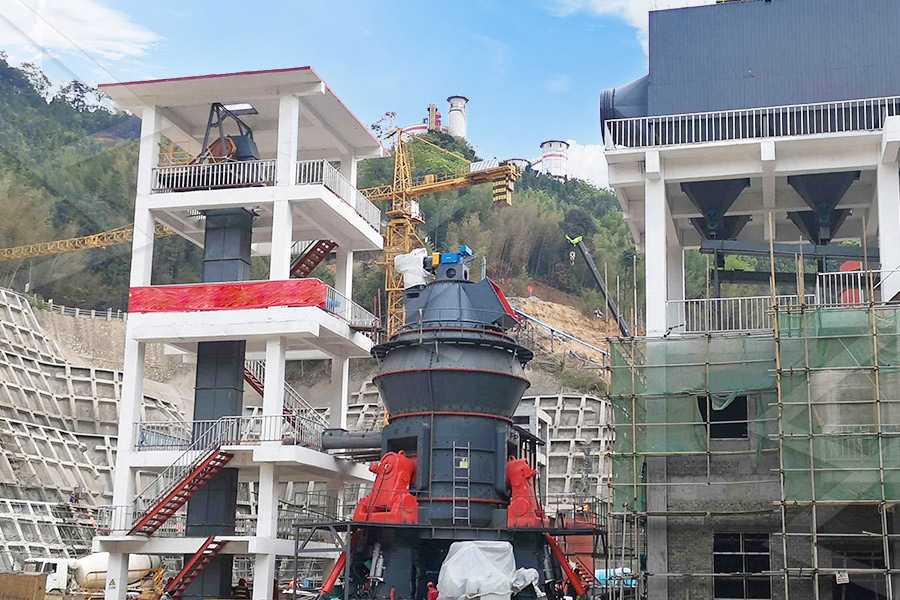
Climb Milling vs Conventional Milling (and when to use ...
Conventional milling best used for rough surfaces. Deflection of tools during Conventional milling is often parallel to the cut (see the section on Tool Deflection for more). Advantages of climb milling: The width of the chip begins at the widest point and decreases. The tooth contacts the workpiece at the top of the cut.
Read More
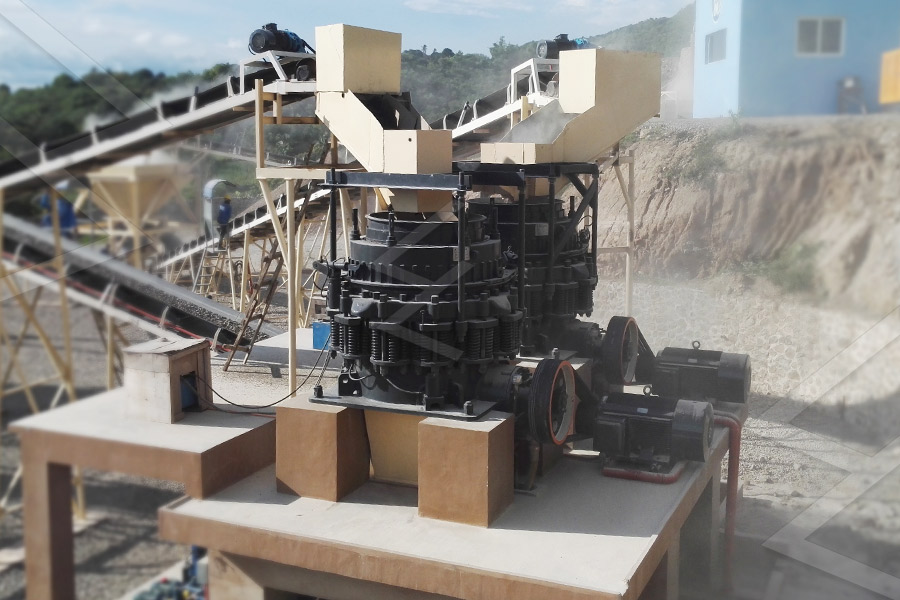
Climb Milling vs. Conventional Milling -
2000-11-12 · Conventional Milling – offers a significant benefit when machining hard materials like cast iron or hot rolled steel. Just as there are downsides to climb milling there are upsides to conventional milling. When machining things
Read More
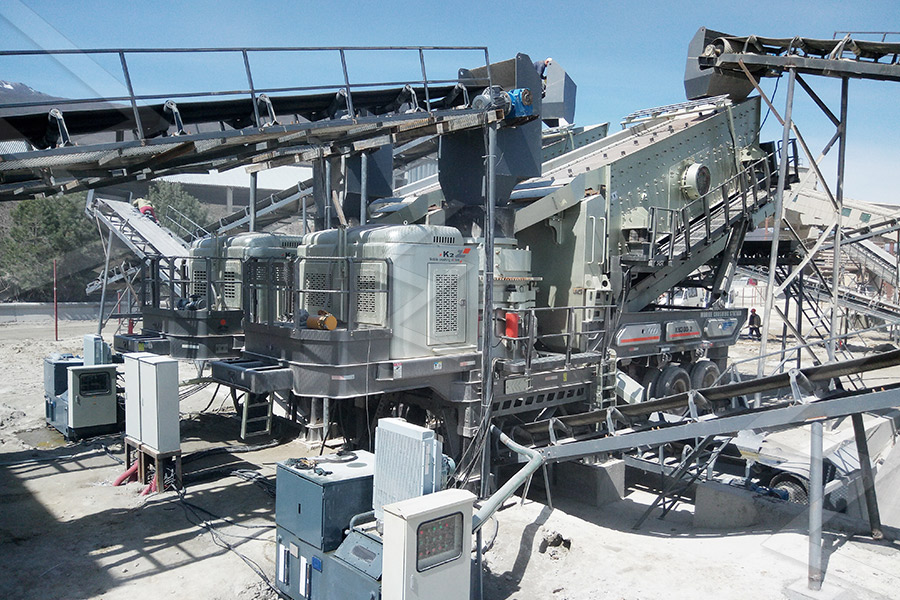
Climb Milling vs. Conventional Milling - In The Loupe
2017-5-5 · Key Conventional and Climb Milling Properties: Conventional Milling (Figure 2) Chip width starts from zero and increases which causes more heat to diffuse into the workpiece and produces work hardening; Tool rubs more at the beginning of the cut causing faster tool wear and decreases tool life; Chips are carried upward by the tooth and fall in front of cutter creating a
Read More

Up Milling and Down Milling Operation -
2022-2-3 · Read: Elements of Plain Milling Cutter - Nomenclature and Angles There commonly two type of milling operation with cylindrical cutters
Read More
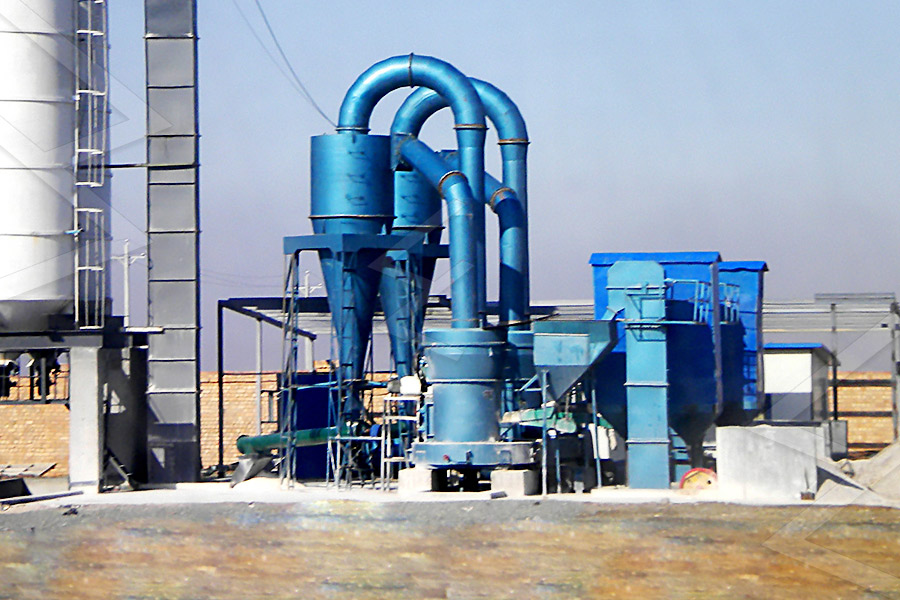
Advantages And Disadvantages Of Milling Machine | ipl.org
Advantages And Disadvantages Of Milling Machine. The application of CNC comprises both for Non-machine tool and Machine tool fields. • Time required for production is less. • Accuracy is high. • Manufacturing flexibility is greater.
Read More
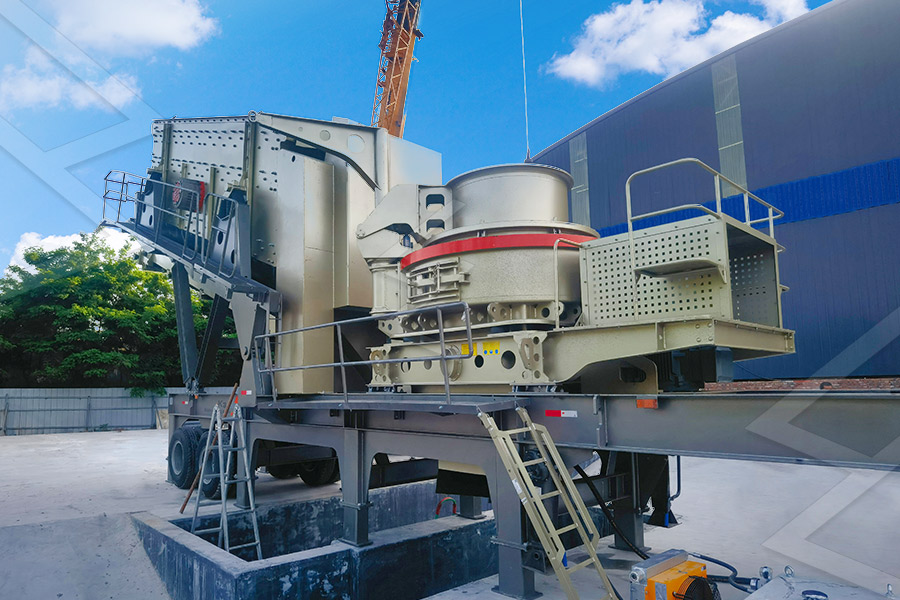
CONVENTIONAL MILLING VS. CLIMB MILLING
During conventional milling, the cutter tends to dig into the workpiece and may cause the part to be cut out of tolerance. Even though climb milling is the preferred way to machine parts, there are times when conventional milling is the recommended choice. Backlash, which is
Read More
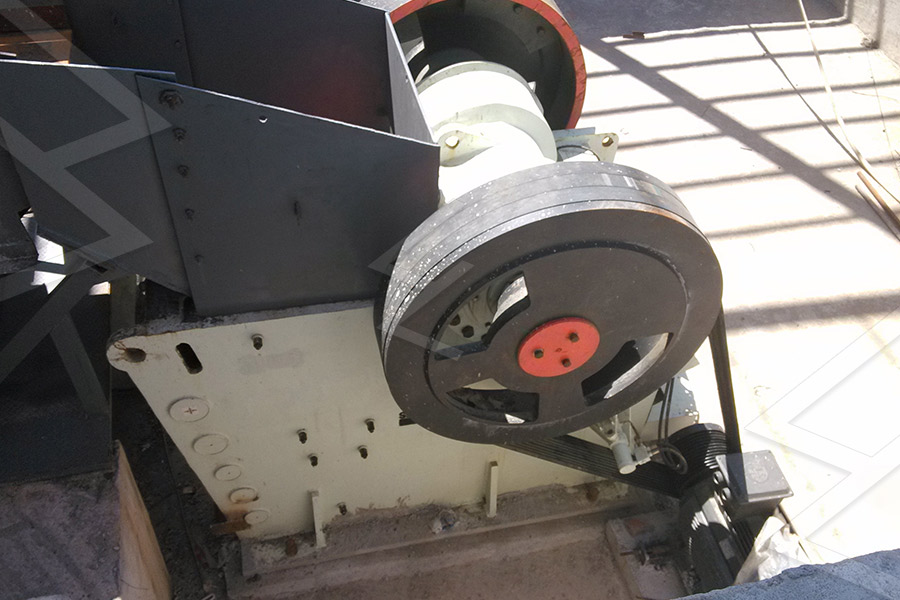
Conventional machining process: Definition, Advantages ...
Conventional Machining process is a machining process in which the machining carry out with the traditional method means not uses any advanced method for the machining. Therefore this machining process is also called as traditional machining process.
Read More

Conventional Ball Mill vs. Attritors - Union Process
In comparison with conventional ball mills, Attritors use fewer resources, including: In addition, Attritors offer the advantage of being able to take samples at any time and making formulation adjustments during high energy ball milling. Alternatively, ball mills are closed systems and do not offer these advantages.
Read More

Climb Milling vs Conventional Milling (and when to use ...
Conventional milling best used for rough surfaces. Deflection of tools during Conventional milling is often parallel to the cut (see the section on Tool Deflection for more). Advantages of climb milling: The width of the chip begins at the widest point and decreases. The tooth contacts the workpiece at the top of the cut.
Read More
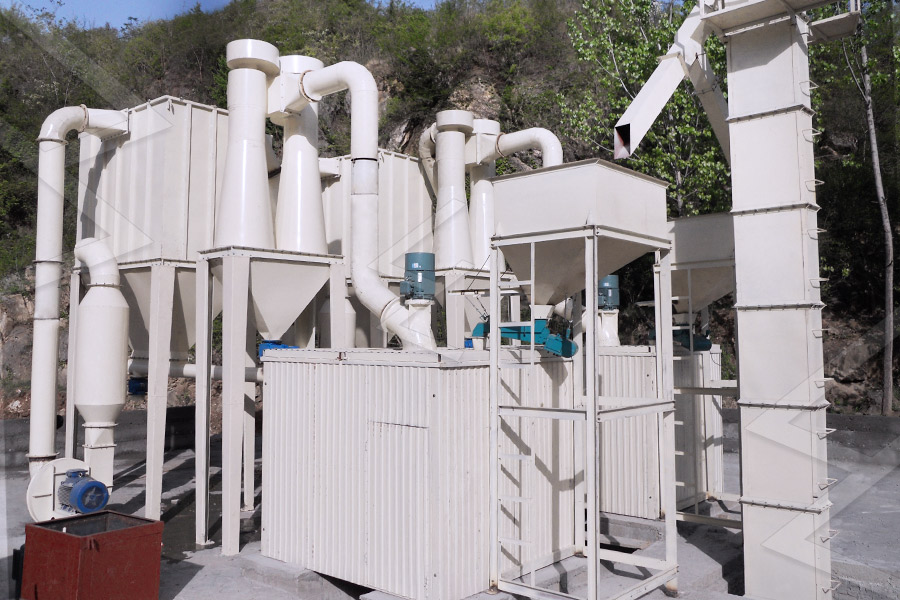
Up Milling and Down Milling Operation - Advantages ...
2022-2-3 · Read: Elements of Plain Milling Cutter - Nomenclature and Angles There commonly two type of milling operation with cylindrical cutters Conventional Milling In a conventional milling operation, the cutter rotates against the
Read More

Conventional Ball Mill vs. Attritors - Union Process
In comparison with conventional ball mills, Attritors use fewer resources, including: In addition, Attritors offer the advantage of being able to take samples at any time and making formulation adjustments during high energy ball milling. Alternatively, ball mills are closed systems and do not offer these advantages.
Read More

Advantages And Disadvantages Of Milling Machine | ipl.org
Advantages And Disadvantages Of Milling Machine. The application of CNC comprises both for Non-machine tool and Machine tool fields. • Time required for production is less. • Accuracy is high. • Manufacturing flexibility is greater.
Read More
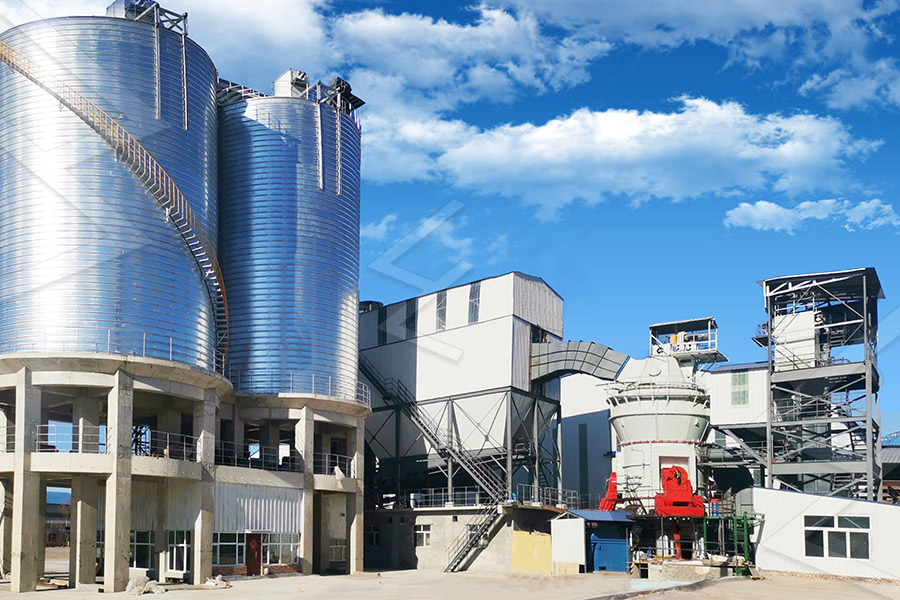
How HPGRs compare to conventional milling
2019-8-19 · How HPGRs compare to conventional milling Whether you’re designing a brand-new mill circuit or optimising an existing site for long-term efficiency, High Pressure Grinding Rolls offer a range of advantages over
Read More

CONVENTIONAL MILLING VS. CLIMB MILLING
During conventional milling, the cutter tends to dig into the workpiece and may cause the part to be cut out of tolerance. Even though climb milling is the preferred way to machine parts, there are times when conventional milling is the recommended choice. Backlash, which is
Read More
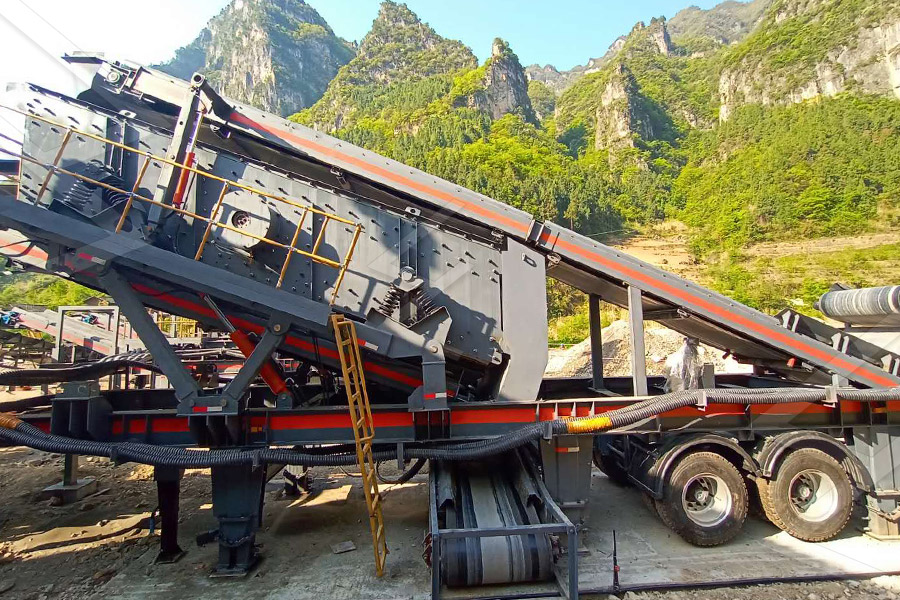
Conventional Machining - an overview | ScienceDirect Topics
Conventional machining is very limited in producing molding components with contouring channels. On the basis of milling and drilling, the channels are created with a layout as similar as possible to the conformal system, to achieve a fast and smooth cooling and the resulting benefits of a low cycle time and a good quality of the plastic part.
Read More
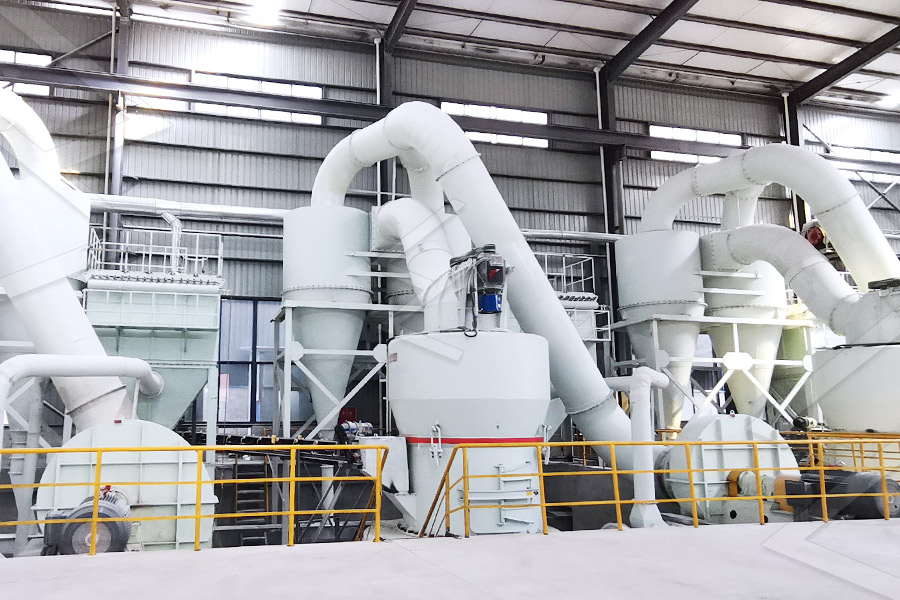
Up Milling and Down Milling-Differences, Working ...
Up Milling: Down Milling: 1. This machine is also called as conventional milling. This is called a climb down milling. 2. The cutting forces act upward. The cutting forces act downward. 3. Mostly used for rough cutting operations. This is used for finishing operations. 4. Due to the more tool wear rate, the durability of the tool is less.
Read More

Advanrages of up cut milling
Advantages of Climb Milling over Conventional Milling - Destiny Tool. There are two distinct ways to cut materials when milling, conventional (up) milling and climb (down) milling. The difference between these two techniques is the...
Read More

Advantages and disadvantages compared to conventional ...
2020-2-28 · We are honestly showing all information about the advantages and the disadvantages of Pressio collating machine compared to other conventional collators. It's because we also recognize any product has the advantages and the disadvantages at the same time. We don't either feel like telling any lies, or concealing our disadvantages to you. We really hope that you
Read More

Conventional Machining - an overview | ScienceDirect Topics
Conventional machining is very limited in producing molding components with contouring channels. On the basis of milling and drilling, the channels are created with a layout as similar as possible to the conformal system, to achieve a fast and smooth cooling and the resulting benefits of a low cycle time and a good quality of the plastic part.
Read More

CONVENTIONAL MILLING VS. CLIMB MILLING
During conventional milling, the cutter tends to dig into the workpiece and may cause the part to be cut out of tolerance. Even though climb milling is the preferred way to machine parts, there are times when conventional milling is the recommended choice. Backlash, which is
Read More
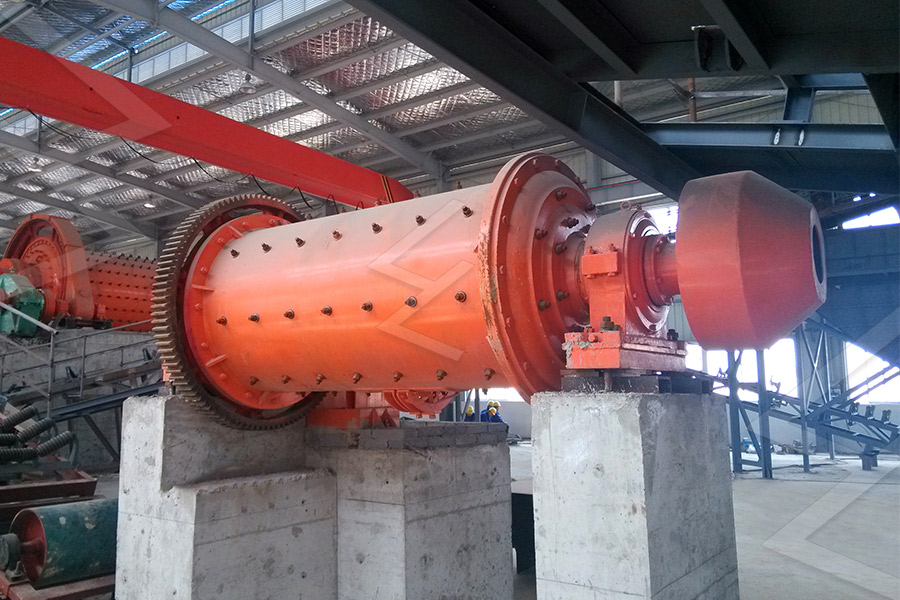
Climb Milling vs. Conventional Milling: Which One Should ...
2022-2-9 · In CNC machining, the direction of rotation of the milling cutter is generally constant, but the feed direction is changing. So, there are two common phenomena in milling: climb milling and conventional milling. The cutting edge
Read More
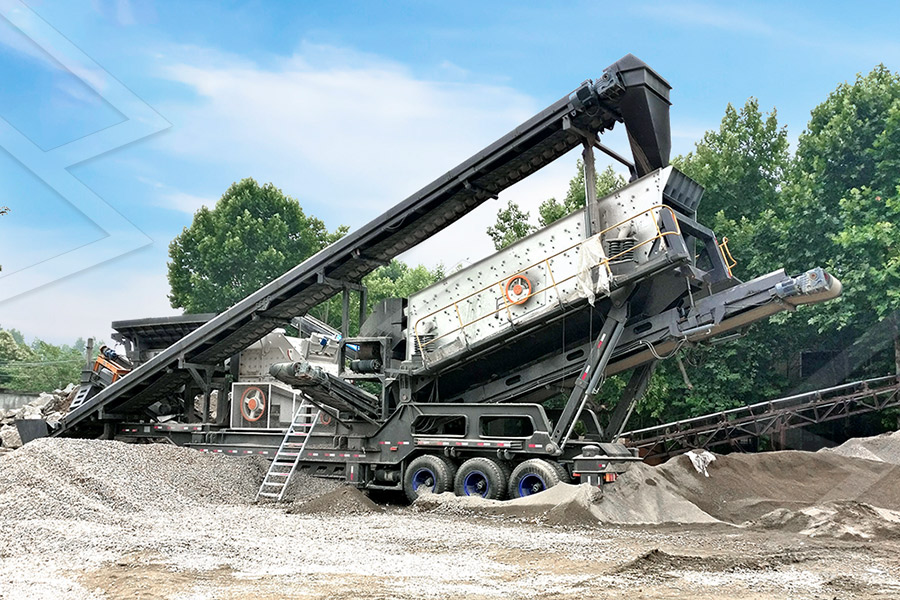
CONVENTIONAL MACHINING PROCESSES AND
2017-10-27 · CONVENTIONAL MACHINING PROCESSES AND MACHINE TOOLS Module-IV Turning Turning operation is a machining process and is used to produce round parts in shape by a single point cutting tool. Materials are removed by traversing in a direction parallel to the axis of ... Schematic depiction of down milling (a) and up milling (b) operations Advantages 1.
Read More

Advanrages of up cut milling
Advantages of Climb Milling over Conventional Milling - Destiny Tool. There are two distinct ways to cut materials when milling, conventional (up) milling and climb (down) milling. The difference between these two techniques is the...
Read More

CNC Milling Vs. Manual Milling - MNB Precision
CNC Milling Vs. Manual Milling. Different fields in the manufacturing industry rely heavily on machining. Whether you are considering starting a machining business or looking to have components for your next project produced, you need to decide whether you are going for CNC machining or manual machining.. Even though CNC milling has eclipsed manual milling with
Read More
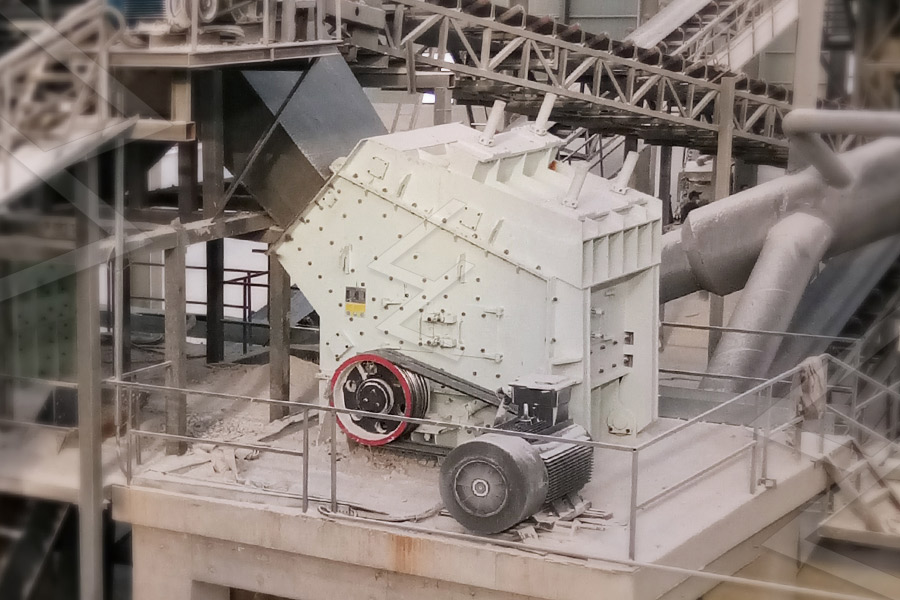
(PDF) Advantages and Disadvantages of Chemical
2022-2-5 · conventional methods such as ... by ball milling through solid-liquid ... It advantages over the other methods are the involvement of high energies and pressures in
Read More
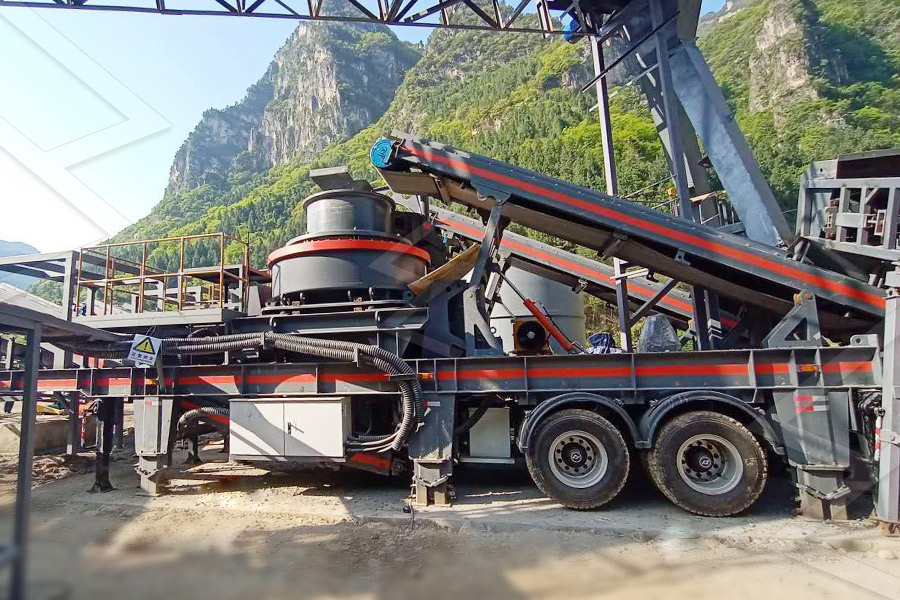
Introduction to Milling Tools and Their Application
2021-1-20 · carbide end mills. HSS is used for general purpose milling of both ferrous and non-ferrous materials. While usually inexpensive, HSS does not offer the tool life or speed advantages of cobalt and carbide end mills. Cobalt: Cobalt is an M42 tool steel with an 8% cobalt content. Cobalt is more expensive
Read More

Advantages and disadvantages compared to conventional ...
2020-2-28 · We are honestly showing all information about the advantages and the disadvantages of Pressio collating machine compared to other conventional collators. It's because we also recognize any product has the advantages and the disadvantages at the same time. We don't either feel like telling any lies, or concealing our disadvantages to you. We really hope that you
Read More

Chemical Milling of Metals: Meaning & Advantages ...
2022-1-30 · Advantages of Chemical Milling: This process can give very complicated shaped pattern on work material, but much depends on the skill of operator. It is mostly used in aircraft industry. However depth of etching must be very less otherwise long time will be required and at the same time surface may not be fine finished and even also.
Read More
- << Previous:Construction Equipment Manufacturers In Ahmedabad
- >> Next:Iron Ore Crusher In Kuantan Pahang
Related Information:
- penghancur tahap batu di india
- pulverizer industrial food
- ball mill working principles
- nature of business for aggregates and quarry materials
- gold milling equipment zimbabwe
- high standard batching asphalt plant for sale
- jaw crusher price in brazil
- how much mortar for concrete block wall
- gold ore flotation plant in mineral flotation sepa
- equipment selection excavation
- used mixer trucks and concrete batch plants for sale
- american company in oman in gypsum crushing plant
- mesin bubut bekas di jakarta
- buy hydraulic rebar bender hydraulic rebar
- wet ball mill limeore efficiency
- gold crushing and processing machine
- good quality mobile stone crusher plant
- portable coal cone crusher manufacturer in south africa
- stone crusher machine tph
- crusher for sale kottayam
- aggregates crushing plant
- jaw crusher plates materials used
- azerbaijan jaw small stone crusher
- definition of roller mill
- jaw crusher china capacity tonhour
- crusher machine manufacturers india
- 100tph mobile crusher
- automatic sand molding machinery china
- management of meghna cement mills ltd
- vertical roller mill for coal lm series
